What is your experience of bookbinding?
Loose papers scattering everywhere? It’s frustrating and makes information hard to follow. Bookbinding brings order and professionalism, keeping everything neatly together for easy reading and storage.
Bookbinding is the process of physically assembling sheets of paper into a book block and attaching a cover. For durability and a premium feel, hardcover binding is often the preferred method, ensuring books last longer.
Bookbinding might seem straightforward, just holding pages together. But my experience in the industry shows there’s much more to it. Let’s dive into what bookbinding really involves and why it matters so much, especially in professional settings. Understanding the details helps appreciate the craft and the technology behind it.
How do you describe a book binding?
Confused by different binding terms? Seeing various book finishes can be puzzling. Let’s clarify what we mean by book binding in simple terms for better understanding.
Book binding describes the specific method used to secure pages together along one edge and attach a cover. Common techniques include sewing, gluing, or stapling, each affecting the book’s durability, appearance, and how it opens.
!
When we talk about describing a book binding, we’re looking at how the pages are held together and covered. There are several common ways this is done. For simpler booklets, saddle-stitching (stapling through the fold) or spiral binding (using wire or plastic coils) might be used. For paperbacks, ‘perfect binding’ is common, where the edges of the pages are glued together and attached to a soft cover. But for books meant to last or make a strong impression, case binding, or hardcover binding, is the standard. In my experience, this is where quality machinery really shines. Hardcover binding involves sewing or gluing the page block securely, then attaching it to rigid cover boards wrapped in cloth, paper, or leather. This method provides superior strength and a high-quality finish. The choice of binding depends on the book’s purpose, budget, and desired lifespan.
| Binding Type | Durability | Cost | Appearance | Use Case Examples |
|---|---|---|---|---|
| Saddle Stitch | Low | Low | Simple | Booklets, magazines |
| Spiral/Wire-O | Medium | Medium | Functional | Notebooks, reports |
| Perfect Bind | Medium | Medium | Clean spine | Paperbacks, journals |
| Case (Hardcover) | High | High | Professional, luxe | Novels, textbooks, albums |
Why is bookbinding important?
Think bookbinding is just a finishing touch? Imagine trying to read a valuable book if its pages were falling out! Bookbinding is absolutely crucial for any published work.
Bookbinding is important because it protects the printed pages, organizes content logically, makes the book usable for reading, and adds significant aesthetic and perceived value, especially with durable hardcover finishes.
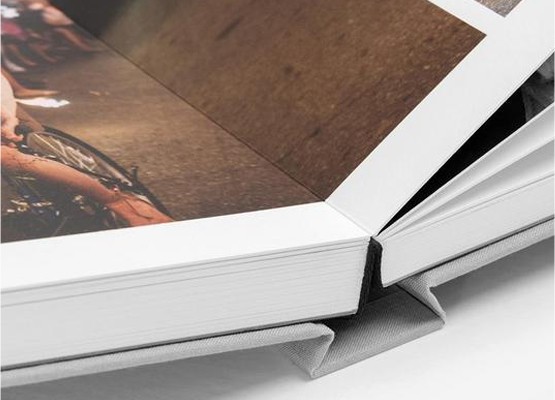
From my perspective working with Kylin Machine customers, the importance of good bookbinding can’t be overstated. First, it’s about preservation. A solid binding protects the pages inside from damage, dirt, and wear over time. This is essential for books intended for long-term use, like textbooks or reference materials. Second, it enhances usability. A well-bound book is easy to hold, open, and read. Some bindings allow books to lay flat, which is important for manuals or cookbooks. Third, aesthetics matter. A professionally bound book, particularly a hardcover, signals quality and value. It creates a positive first impression. Finally, durability is key. The binding is what holds everything together. Weak binding can lead to pages falling out, rendering the book useless and potentially harming a publisher’s reputation 1, 2, 3. Reliable binding, often achieved with precise machinery, ensures the book withstands repeated handling. It’s the foundation of a book’s physical integrity.
What is the purpose of bound books?
Is a bound book just pages stuck together? If you think that, you might be missing the bigger picture. Binding serves several fundamental purposes beyond simple assembly.
The main purpose of bound books is to organize information sequentially, preserve knowledge or stories durably, provide a convenient and portable format for reading, and present the content professionally and attractively.

In the printing and packaging world, we see that binding gives a book its core functions. The primary purpose is organization. Binding keeps pages in the correct order, which is essential for reading a story, following instructions, or referencing information. Without binding, pages would be a chaotic mess. Another key purpose is preservation. Binding protects the printed content, allowing books to last for years, even generations. Hardcover binding excels here, offering robust protection. Then there’s accessibility and usability. A bound book is a self-contained, portable unit that’s easy to handle, store, and read almost anywhere. The binding style can affect how easily it opens and stays flat. Finally, binding serves the purpose of presentation. It gives the book its finished form and aesthetic appeal. A high-quality binding enhances the perceived value of the content inside. For businesses, like those in the bookbindery industry using Kylin machinery, providing excellent binding helps their clients present their products effectively 4. The purpose isn’t just functional; it’s also about creating a lasting, valuable object.
What is the objective of book binding?
Does bookbinding just aim to stick pages? The process actually has several specific, important goals. Achieving these objectives requires skill and the right tools.
The objective of book binding is to create a final product that is functional (easy to read), durable (withstands use), aesthetically pleasing (looks professional), and produced efficiently, ensuring the book serves its intended purpose effectively.

From a manufacturing standpoint, like ours at Kylin Machine, the objectives of bookbinding are very clear and drive machine design. The first objective is functionality: the book must open properly, pages should turn easily, and if needed (like for a manual), it should lay relatively flat. The second is durability: the binding must be strong enough to withstand expected use without pages coming loose or the cover detaching 2. Poor binding leads to defects and waste 1, 3. This is especially critical for hardcover books designed for longevity. The third objective is aesthetics: the finished book should look neat, professional, and appealing. This includes aspects like cover alignment, smooth finishes, and precise corners, sometimes enhanced by processes like cover rounding 5. The final objective is often efficiency and cost-effectiveness: the binding process needs to be done reliably and quickly to keep production costs reasonable. This is where advanced machinery, like automatic casing-in machines 6 that accurately bond the book block and cover, becomes vital. Meeting all these objectives consistently requires precision equipment and quality control throughout the process 4.
Conclusion
In short, bookbinding securely holds pages, protects content, enhances usability, and adds value. Quality binding, especially for hardcovers, relies heavily on precise and efficient machinery to meet functional and aesthetic goals.



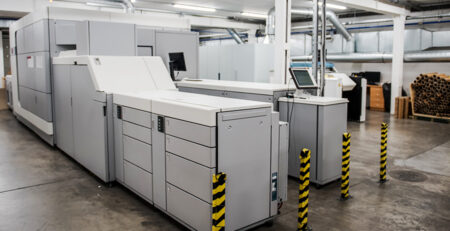



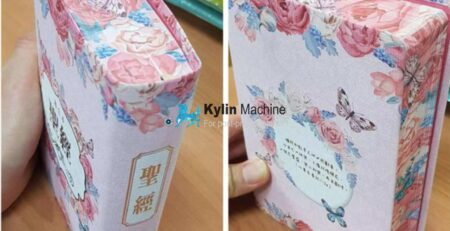
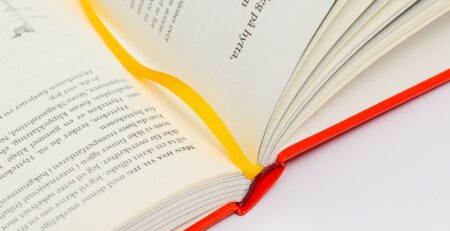
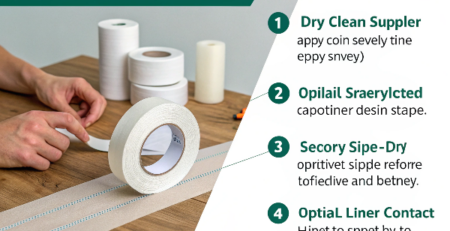
发表回复